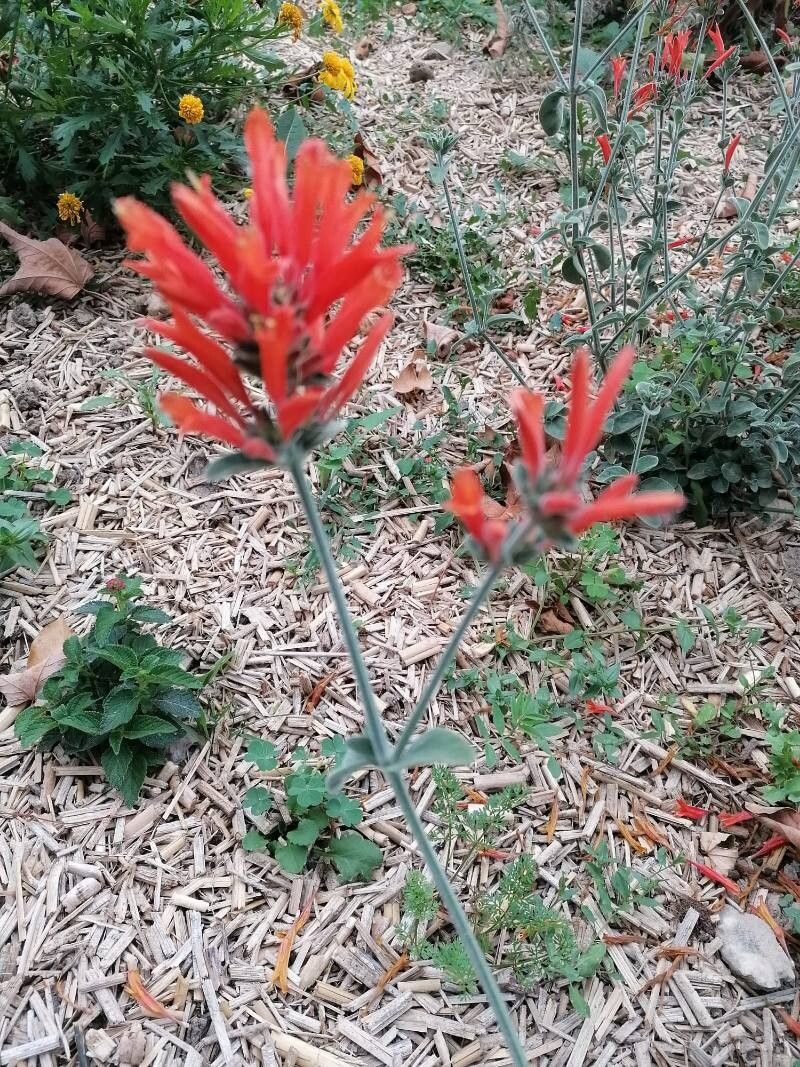Propagating Dicliptera squarrosa: A Gardener’s Guide to the Jaunty Justicia
Dicliptera squarrosa, also known as Jaunty Justicia or Square-stalked Dicliptera, is a charming tropical plant prized for its vibrant, often purple-blue, flowers borne in striking square-shaped bracts. Its upright habit and relatively compact size make it a popular choice for borders, container gardens, and even as a houseplant. However, its propagation can present some unique challenges, requiring careful consideration of various techniques. While readily available commercially, the satisfaction of propagating this plant from cuttings, divisions, or even, potentially, seed, is a rewarding experience for the dedicated gardener.
Seed Germination:
Currently, there are no known reliable methods for seed germination propagation of Dicliptera squarrosa. While the plant does produce seeds, germination rates are reportedly very low, and success has not been widely documented in horticultural literature. Further research and experimentation may be needed to determine optimal conditions, such as specific temperature and light requirements, or possible pre-treatment methods.
Cuttings:
Cuttings represent the most reliable and commonly used method for propagating Dicliptera squarrosa.
Challenges: While generally successful, root development can be slow, particularly in cooler temperatures. Proper sanitation to prevent rotting is crucial.
Practical Tips: Take semi-hardwood cuttings, approximately 4-6 inches long, from actively growing stems in spring or summer. Remove lower leaves to prevent rotting and treat the cut end with a rooting hormone. Plant cuttings in a well-draining propagation mix, ideally a blend of perlite and peat moss, keeping the media consistently moist but not waterlogged. Maintain high humidity, such as by using a humidity dome or misting regularly. Ideal temperatures are around 70-75°F (21-24°C).
- Rewards: Cuttings offer a relatively quick method for producing new plants that are genetically identical to the parent plant, ensuring the preservation of desirable traits. This is particularly helpful if you have a rare cultivar or a particularly vibrant specimen.
Division:
Division is a possible propagation method for established Dicliptera squarrosa plants.
Challenges: This method is only feasible for mature plants with well-developed root systems. Dividing too early can harm the plant, potentially resulting in the loss of both the parent and offspring plants.
Practical Tips: Divide the plant during its dormant period or early spring. Carefully dig up the plant and gently separate the root ball into individual sections, each possessing sufficient roots and stems. Replant each division in a well-draining potting mix or directly into the ground. Water thoroughly after planting.
- Rewards: Division offers a relatively straightforward method for increasing the number of plants, especially for established specimens. It is less time-consuming than cuttings but limited by the size and age of the parent plant.
Tissue Culture:
Tissue culture propagation of Dicliptera squarrosa is a possibility though not widely practiced by home gardeners.
Challenges: This method is technically demanding, requiring specialized equipment and a sterile environment. It also demands significant knowledge of plant tissue culture techniques.
Practical Tips: This technique requires a controlled environment with sterile media, growth hormones, and specialized incubation. While efficient for mass production, it’s not practical for the home propagator.
- Rewards: Tissue culture allows for the rapid and large-scale production of genetically identical plants, free from diseases and pests. This makes it suitable for commercial propagation but beyond the scope of most home gardeners.
Conclusion:
Propagating Dicliptera squarrosa presents both challenges and rewards. While seed germination remains elusive, cuttings provide the most accessible and reliable method for the home gardener. Division offers another viable option for established plants. While tissue culture offers the potential for large-scale propagation, its complexity renders it unsuitable for most home enthusiasts. The unique satisfaction of successfully nurturing these plants from cuttings or divisions, overcoming the initial hurdles, makes the effort all the more worthwhile. Don’t be discouraged by initial setbacks; with patience and attention to detail, you can enjoy the vibrant beauty of Dicliptera squarrosa in your garden for years to come.

